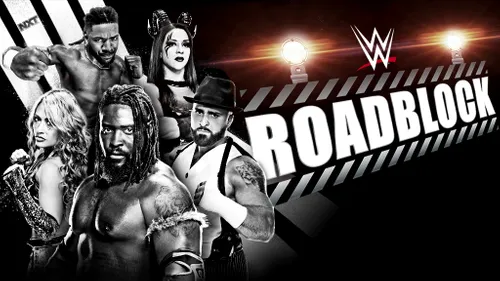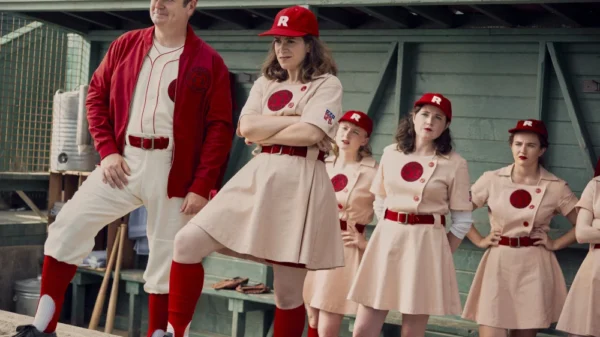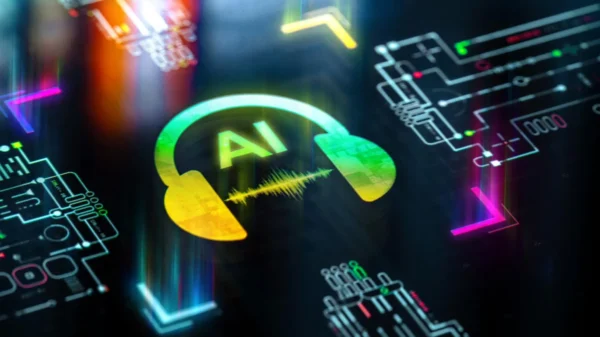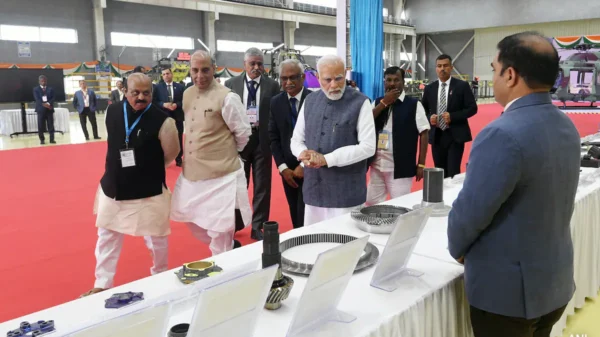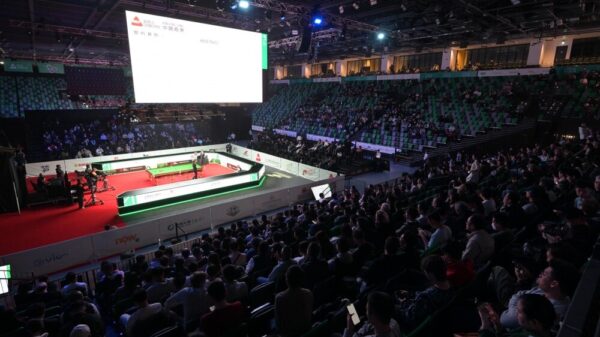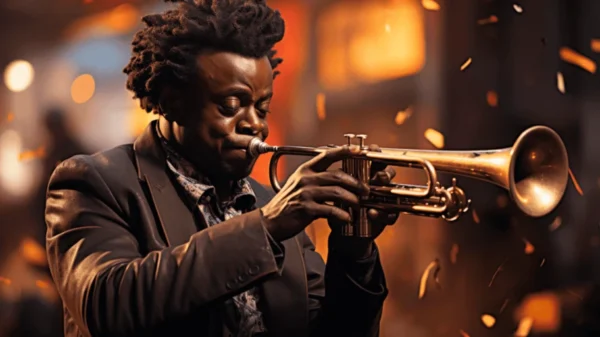In recent years, digital art has taken the world by storm, revolutionizing the way we create and consume art. With advancements in technology, artists now have access to a wide range of digital tools and software that allow them to push the boundaries of their creativity. This has resulted in a new wave of digital art in the entertainment industry, transforming the way we experience visual storytelling.
The Rise of Digital Art
Gone are the days when traditional art forms were the only means of expression. Digital art has opened up a whole new world of possibilities for artists, enabling them to experiment with different styles, techniques, and mediums. With just a few clicks, artists can create stunning visual effects, manipulate images, and even bring their imagination to life through animation.
One of the major advantages of digital art is its accessibility. Unlike traditional art forms that require expensive materials and specialized training, digital art can be created using a computer and software. This has democratized the art world, allowing artists from all walks of life to showcase their talent and reach a global audience.
The Impact on Entertainment
The entertainment industry has been quick to embrace digital art, recognizing its potential to enhance storytelling and create immersive experiences for audiences. From movies and television shows to video games and virtual reality, digital art has become an integral part of the entertainment landscape.
In movies and television, digital art is used to create breathtaking visual effects that transport viewers to fantastical worlds. From realistic CGI creatures to epic battle scenes, digital artists have the power to bring the director’s vision to life on the big screen. This has revolutionized the way stories are told, pushing the boundaries of what is possible in the realm of visual storytelling.
Video games have also benefited greatly from digital art. With advancements in graphics technology, game developers can create incredibly realistic and immersive virtual worlds. Digital artists play a crucial role in designing characters, environments, and special effects that make these games come alive. The result is an interactive experience that blurs the line between reality and fantasy.
Virtual reality (VR) is another area where digital art is making waves. VR allows users to step into a virtual world and interact with it in ways never before possible. Digital artists are at the forefront of creating these virtual environments, designing everything from landscapes and architecture to characters and objects. This has opened up a whole new realm of possibilities for entertainment, allowing users to fully immerse themselves in a virtual experience.
The Future of Digital Art in Entertainment
As technology continues to advance, the future of digital art in entertainment looks incredibly promising. With the rise of artificial intelligence and machine learning, we can expect to see even more innovative uses of digital art in the coming years.
For example, AI-powered algorithms can analyze vast amounts of data to generate stunning visual effects or even create entire scenes autonomously. This could revolutionize the way movies and video games are produced, making the creative process faster and more efficient.
Furthermore, as virtual reality becomes more mainstream, we can expect digital art to play an even bigger role in creating immersive experiences. Imagine being able to step into a virtual world that looks and feels just like the real thing, thanks to the work of talented digital artists.
Overall, digital art has ushered in a new wave of creativity in the entertainment industry. It has given artists the tools to bring their imagination to life and has transformed the way we experience visual storytelling. With its accessibility and limitless possibilities, digital art is here to stay, shaping the future of entertainment.


